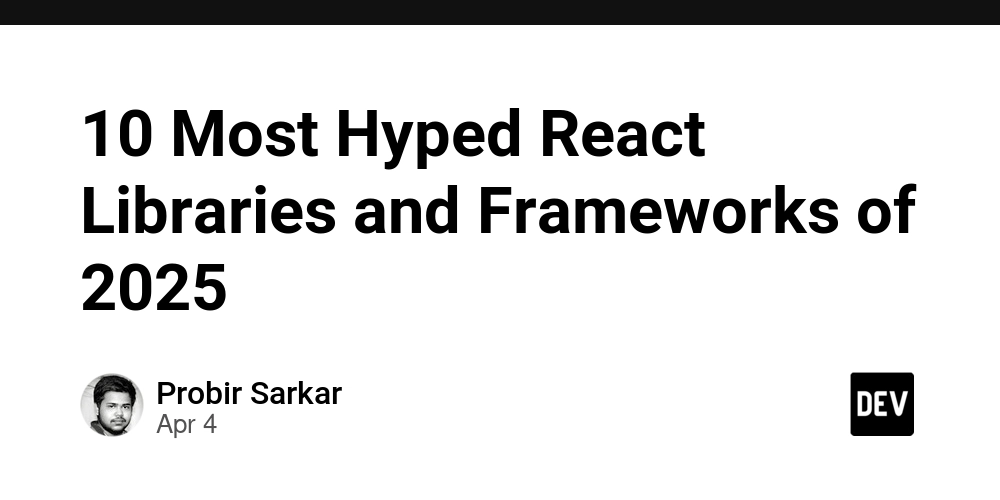What the End of DoED Means for the EdTech Industry
The Fed’s influence over school districts had implications beyond just funding and data. Eliminating The Office of Education Technology (OET) ... Read more


The Fed’s influence over school districts had implications beyond just funding and data. Eliminating The Office of Education Technology (OET) will create significant gaps in educational technology research, validation, and equity assurance. Kris Astle, Education Strategist for SMART Technologies, discusses how industry self-governance, third-party organizations, and increased vendor responsibility might fill these gaps, while emphasizing the importance of research-backed design and implementation to ensure effective technology deployment in classrooms nationwide. Have a listen:

Key Takeaways
- The Office of Education Technology provided crucial research and validation that helped both districts and vendors understand effective technology implementation.
- Without federal oversight, there’s concern about maintaining equity across the 15,000 U.S. school districts, particularly for those with fewer resources.
- Organizations like ISTE, Digital Promise, and SEDTA are positioned to potentially take on greater roles in technology validation and certification.
- Education technology companies will need to invest more in their own research and make findings publicly available to maintain credibility.
- Hardware evaluation needs the same level of scrutiny and certification as software has received through existing programs.
- School districts will need to be more selective with technology investments, requiring stronger evidence of effectiveness from vendors.
- Despite the challenges, the Kris express optimism that these changes could ultimately lead to more effective classroom technology through increased accountability and focus on measurable outcomes.




















_Anna_Berkut_Alamy.jpg?#)
























































